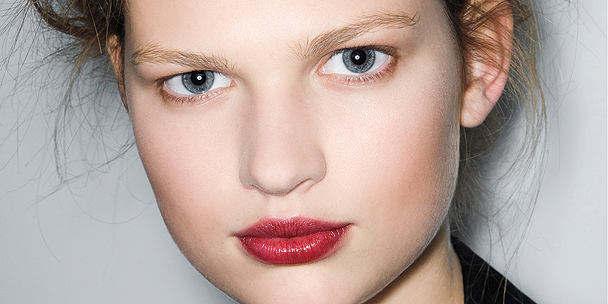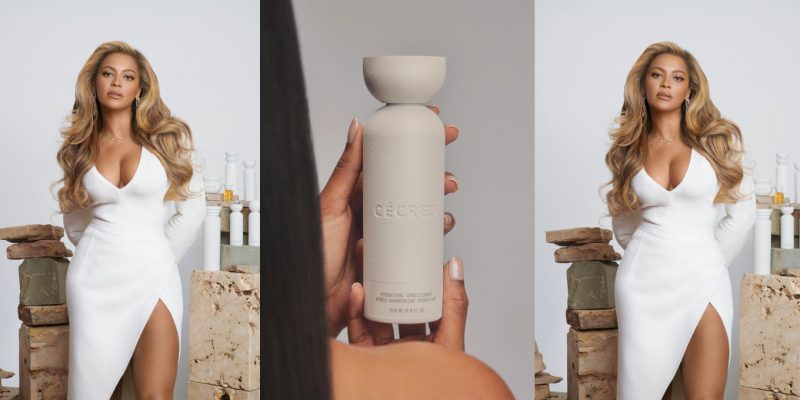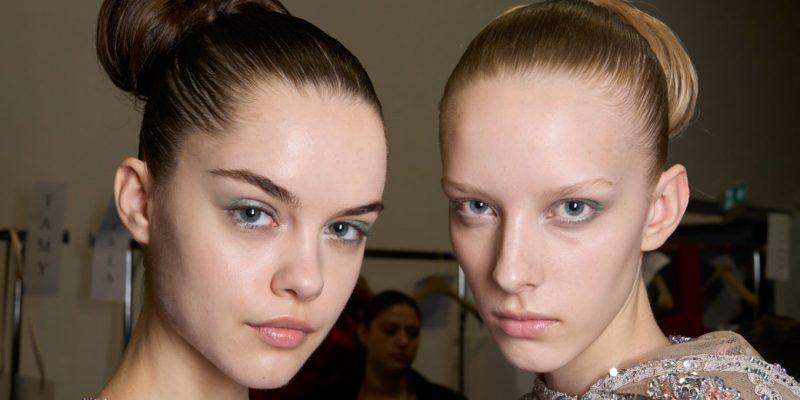Beauty
Skin care: Eye creams that fight signs of aging
The latest anti-aging eye creams in your skin care routine prevent fine lines, dark circles and puffiness, and stop the signs of aging.
by : Denise Wild- Jan 26th, 2009

Not long ago, many dermatologists dismissed eye creams as unnecessary, telling us we could get the same results from our regular moisturizers. Today, proven anti-aging ingredients are being fused with high-tech wonders — like peptides and light-diffusing spheres — to combat the triple threat of fine lines, dark circles and puffiness, and stop the signs of aging in eye cream skin care. Which of the new eye creams is right for you? Read on.
Border line “The skin around your eyes is the thinnest skin on your body,” says Dr. Paul Cohen, a Toronto-based dermatologist. “And because we express ourselves with our eyes, that area is the first place that fine lines appear.” Chalk it up to the loss of hydration and elasticity that naturally occurs as we age. Exposure to UV rays and pollution can make things worse because it breaks down the underlying structure — collagen and elastin fibres — that keeps skin firm and taut.
How to deal with pesky crow’s feet? Products that contain retinol increase skin-cell turnover, which stimulates the production of collagen and thickens the epidermis. But it’s not an option for everyone. “Thirty percent of women have an allergic response to retinol,” says Calvin Davies, a pharmacist and the president of Dermaglow. “Peptides are well tolerated by most people — even those with sensitive skin.” They not only build collagen and hyaluronic acid but also relax facial muscles to help prevent wrinkling. And don’t forget to look for humectants, which plump up fine lines. “They increase hydration,” says Davies. But the ultimate preventive measure may be to simply cover up. Wear a broad-spectrum sunscreen specifically formulated for the eye area (others can sting), and don sunglasses. (Squinting puts your eyes on a direct path to deep creases.)
Inflation rate While puffy eyes may be the morning-after reminder of drinking one too many glasses of red wine, that’s not always the case. Genetics may be to blame (thanks, Mom and Dad!), and allergies and a lack of sleep can aggravate the condition, says Cohen.
Elevate your head while you sleep, and start stockpiling creams with ingredients like vitamin K (“It keeps blood from pooling under your eyes,” says Cohen) and caffeine (which stimulates circulation). Davies says that peptides can help too. “Tetrapeptides and dipeptides reduce inflammation around your eyes,” he says. Other types increase lymphatic circulation, which drains toxins that can accumulate in the area and cause swelling.
Banish dark cicrcles with these tips!
Check out caffeine-based skin care products here!
After dark Tired of people asking if you’re tired? If you’re getting enough sleep, there’s probably another explanation for those shadows. “It may be something you have no control over,” says Cohen. Some people have natural shadows that are created by the way their skin folds, while others may have skin so thin that the blood vessels under their eyes show through, he says. Sun damage and nasal congestion can exacerbate the problem.
The solution? Look for plant extracts, such as cocoa berry and blackberry, that have antioxidant properties. “Free radicals can interact with capillaries under your eyes,” says Kirk Brierley, training and communications manager for Elizabeth Arden. “Antioxidants help strengthen capillary walls and reduce the appearance of dark circles.” Bleaching agents, like hydroquinone, can be helpful if you acquired your shadows by spending too much time in the sun. “They lighten skin by breaking down pigment cells,” says Cohen. If all else fails, go for a cream with light-diffusing reflective particles, which create an instant illusion of fewer imperfections. “They soften the appearance of discoloration around the eyes, whether it’s due to bluish under-eye circles or excess melanin,” says Dr. Beth Jewell-Motz, a senior scientist for P&G Beauty. “The result: more even skin tone.”
Read more
Is oxygen really good for your skin?
The secret to glowing skin at any age
Skin care for 50 and older
Newsletter
Join our mailing list for the latest and biggest in fashion trends, beauty, culture and celebrity.
Read Next

Fashion
Are Fashion Brands Getting Greener?
While the fashion industry is making a lot of noise about being more sustainable, a closer look shows that its earth-friendly commitments are often more illusion than reality.
by : Marouchka Franjulien- Apr 19th, 2024

Beauty
What Beauty Packaging Is Actually Sustainable?
We sought out leaders in the field to help us get to the bottom of the blue bin once and for all.
by : Victoria Christie- Apr 19th, 2024

Beauty
Tested and Approved: A Skin Saviour That Works While You Sleep
Wake up with your glowiest skin yet—even if you didn’t clock eight hours.
by : ELLE Canada- Apr 11th, 2024




